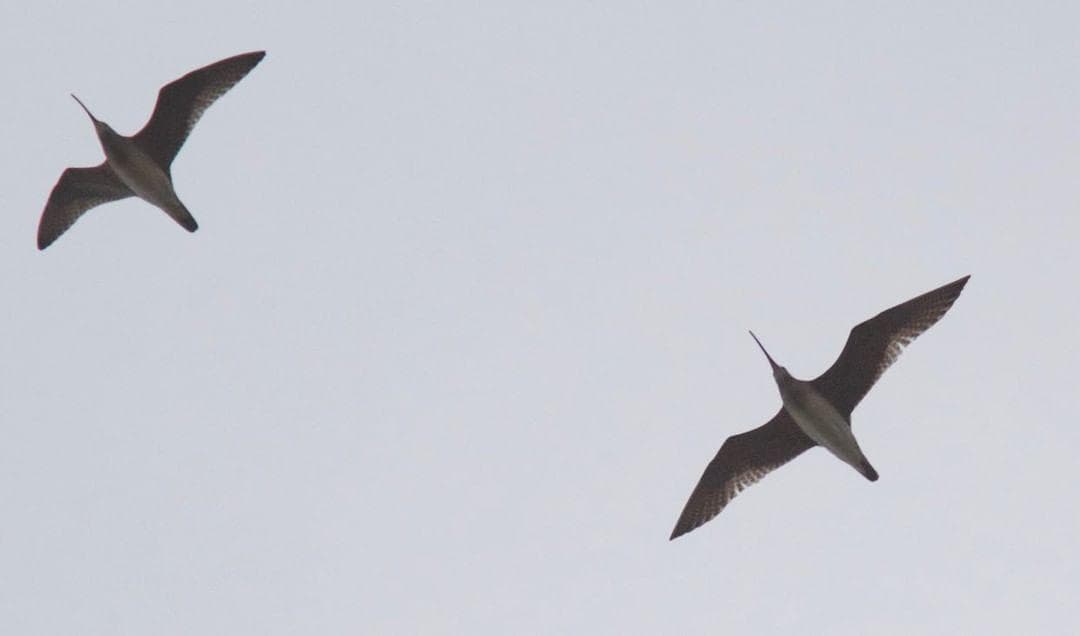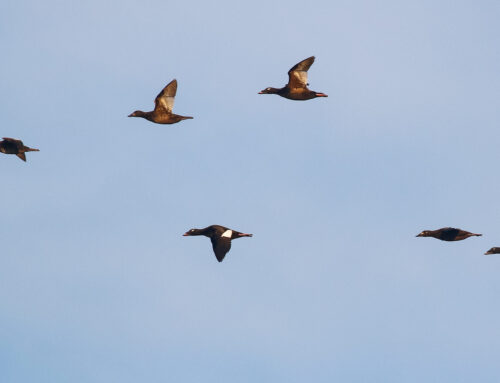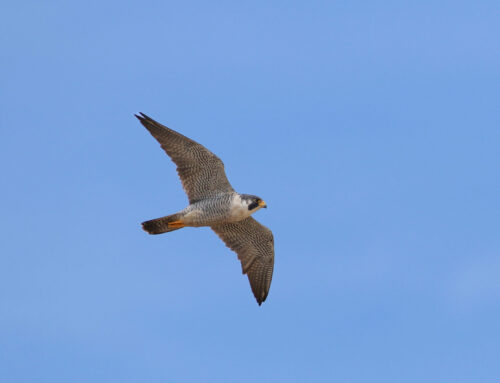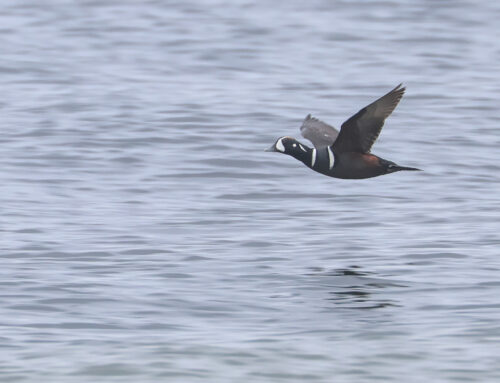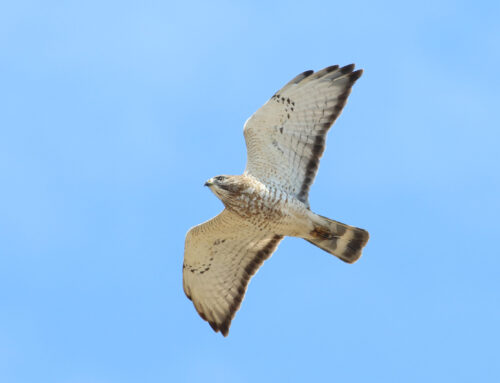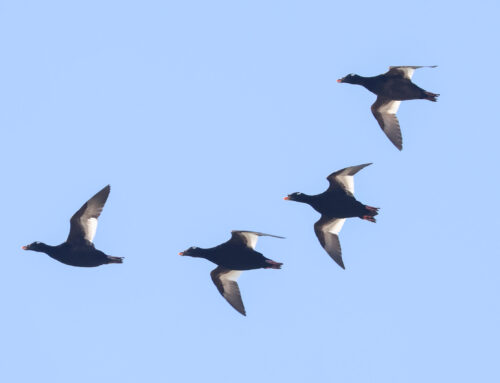When I took on Whitefish’s spring waterbird count, there were several avian phenomena I looked forward to: Red-throated Loons mixing with the Commons in a ratio not found elsewhere in Michigan. Big scoter flights. The possibility of southwest winds and the vagrant birds they might bring. One of the things I looked forward to the most, though, was the Whimbrel flight.
Whimbrels are a curlew: large, graceful shorebirds with long, down-curved beaks. This species is widespread—circumpolar, in fact—a tundra nester that winters throughout the world’s coastlines. In Michigan, however, we don’t often get to see Whimbrel. Their passage here occurs in a limited window, across limited locales. It is not just this scarcity, though, that makes Whimbrel encounters so thrilling. Large, tundra-nesting shorebirds log some of the most incredible migrations there are. To share the same space with a bird whose life history demands feats we humans are incapable of is to me awe-invoking.
The number of Whimbrel logged on WPBO’s waterbird count varies significantly between years. (And, this drastic variance is not reflecting population trends.) The annual average from 1984-2018 is 296; from that period, though, the high mark was 958, in 2017. The low was just 19, in 2010. There is no guarantee that any season will see a large flight. But I sure did want one.
Towards late May, they began to show up. The first came May 18, when a flock of 10 spent most of the morning resting on the Point pond’s edge. These sorts of small groups persisted for a few days. But then, on May 24, midway through the day’s count, I panned over towards the harbor and noted a very large flock of something. The birds were at least a couple miles away and initially, I wondered if they were geese bound north on their molt flight. I could not think of anything else at this date that would be found in a flock of a couple hundred.
The birds drew nearer; it became apparent they were not geese. They bunched and separated, undulated and rippled—very quickly. In comparison, a goose flock would have been sedate. These were large shorebirds—Whimbrel, we realized, a bit in awe. The next three hours became some of my favorites from the count: Whimbrel rushed by the hundred past the Point. By the time the day’s count ended, we’d recorded 983. More Whimbrel than I’d ever seen in my life, actually.
As a collective, shorebirds are a talkative bunch. Whimbrel have this delicious, wild cry befitting a bird bound for Canadian hinterlands. The memory of a flock numbering 163 passing directly overhead persists: for a brief moment—shorebirds are fast flyers—we were flooded with this otherworldly tremolo that, like the Whimbrel, was gone too soon. Wish I knew what they were saying.
Right now, I’m back downstate, preparing the season’s final report (the season’s tally of Whimbrel stands at 1,327 with an additional 38 from the evening flight). As I wade through the numbers, I savor the memories they evoke. As I reflect on the Whimbrel day, and the season as a whole, the words of Peter Matthiessen ring poignant: “The restlessness of shorebirds, their kinship with the distance and swift seasons, the wistful signal of their voices down the long coastlines of the world make them, for me, the most affecting of wild creatures…they [Whimbrel] are birds of passage…bringing the memory of life, of a high beauty passing swiftly, as the curlew passes, leaving us in solitude on an empty beach, with summer gone, and a wind blowing.” (Peter Matthiessen, The Wind Birds: Shorebirds of North America.)
Thank you for reading. It’s been a fantastic season.
-Alison Vilag, Spring 2019 Waterbird Counter
Featured Photo: Whimbrel passing over Whitefish Point. Photo by Alec Olivier, whose dedication, enthusiasm, and skill made it possible for me to have a day off here and there throughout the season…thanks also due to Matt Winkler in this department!
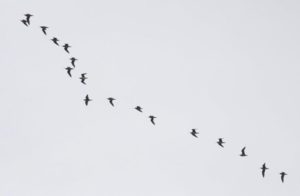
Line of Whimbrel at Whitefish Point. Alec Olivier photo.

